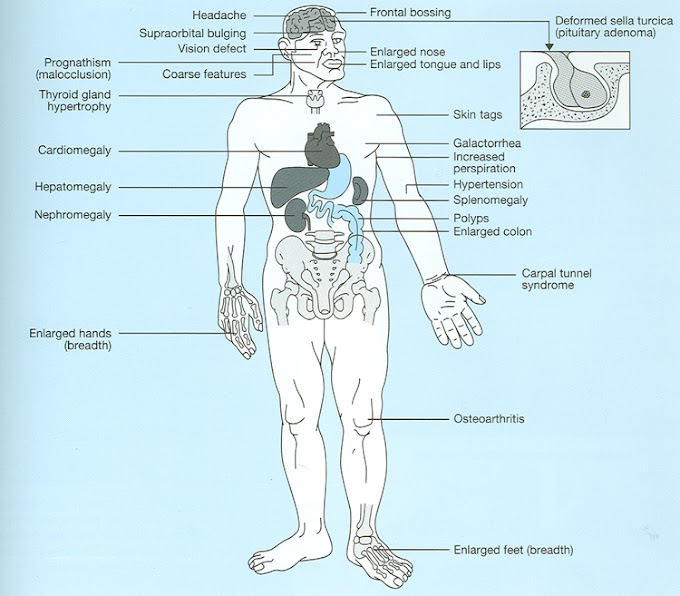
Definition
Aarskog syndrome is an inherited disease that affects a person's height, muscles, skeleton, genitals, and appearance of the face. Inherited means that it is passed down through families.
Alternative Names
Facial-digital-genital syndrome
Causes, incidence, and risk factors
Aarskog syndrome is a genetic disorder that is linked to the X chromosome. It affects mainly males, but females may have a milder form. The condition is caused by changes (mutations) in a gene called "faciogenital dysplasia" (FGDY1).
Symptoms
- Belly button that sticks out
- Bulge in the groin or scrotum (inguinal hernia)
- Delayed sexual maturation
- Delayed teeth
- Downward palpebral slant to eyes
- Hairline with a "widow's peak"
- Mildly sunken chest (pectus excavatum)
- Mild to moderate mental problems
- Mild to moderate short stature (which may not be obvious until the child is 1 - 3 years old)
- Poorly developed midportion of the face
- Rounded face
- "Shawl" scrotum, testicles that have not come down (undescended)
- Short fingers and toes with mild webbing
- Single crease in palm of hand
- Small, broad hands and feet with short fingers and curved-in fifth finger
- Small nose with nostrils tipped forwardTop portion of the ear folded over slightly
- Wide groove above the upper lip, crease below the lower lip
- Wide-set eyes with droopy eyelids
- Genetic testing for mutations in the FGDY1 gene
- X-rays
Moving the teeth (orthodontic treatment) may be done for some of the abnormal facial features.
Expectations (prognosis)
Some people may have mild degrees of mental slowness, but affected children usually have good social skills. Some males may have problems with fertility.
Complications
- Cystic changes in the brain
- Difficulty growing in the first year of life
- Poorly aligned teeth
- Seizures
- Undescended testicle
Prenatal testing may be available for persons with a family history of the condition or a known mutation of the gene.




0 Comments